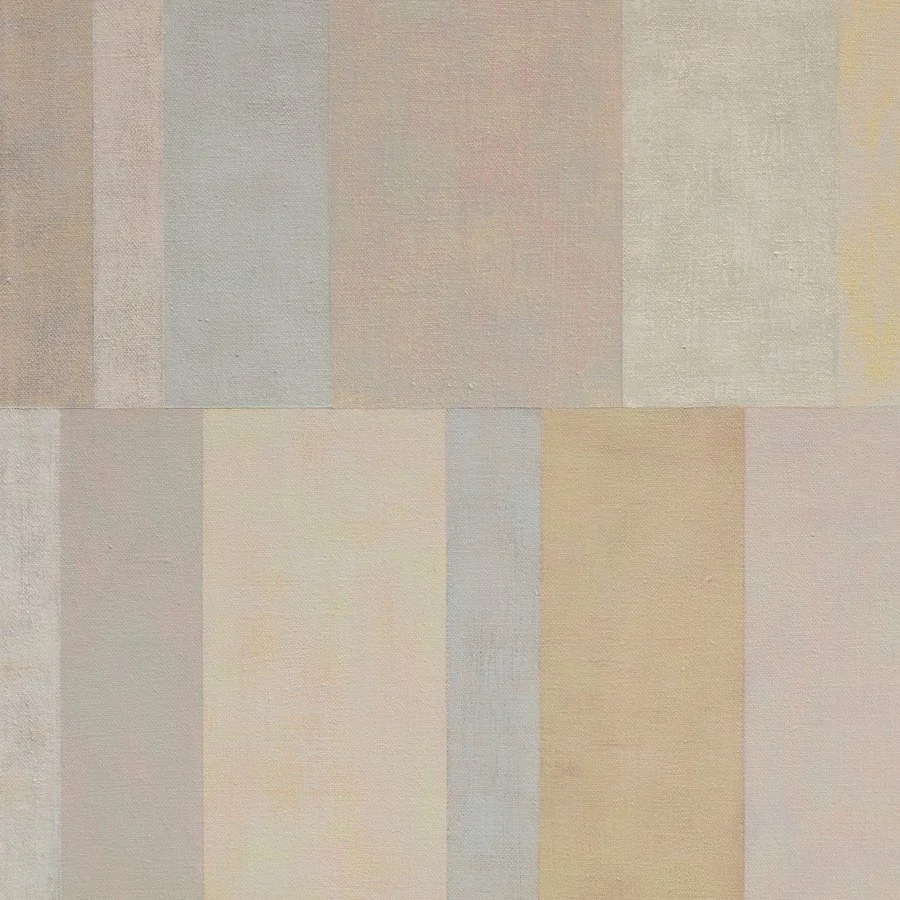This is a gorgeous review of my work recently posted on the amazing Flavorwire blog. (Thank you Emily Temple!)
It comes just a day after I received coverage on the Artist A Day blog, which inspired a number of supportive comments:

It has been heartening to receive so much coverage lately by the blogosphere. All I want is for people to see the work and for the work to find its audience. But building an audience online is a strange process that often feels more like an old-fashioned popularity contest than a meaningful exchange of art and ideas. It's so easy to become self-conscious about how many "fans" Like your facebook page, how many "friends" will comment on your posts (on blogs, Facebook, Google+, or seemingly endless new networks that I can't keep track of), how many followers you have on Twitter, or how many times your work is re-tweeted. Some sites even rank which artists are most "popular" on their sites. It is a never-ending tally of statistics and quantitative data that measures every eyeball that lands on your work, and publicizes every response (or lack thereof), grading your significance or "success".
Lately I have been struck by how much art seems to be merging with entertainment. Galleries and museums compete with entertainment venues for their audience, and instant audience feedback is courted as a critical element to the "interactive" experience. But this call for ranking and spontaneous judgement of work seems more suited to entertainment than art. Is the painting a thumbs up or a thumbs down? Should the work be given 5 stars or just 3? Did you like it? Did you have fun? Throughout history, it has not always been the most popular artists who are the most significant or important. Can the artist ranked #954th still find its way into history? And is the #1 artist really "the best"? Just because you don't "like" it, is not worth looking at again?
I admit that the thoughtful review of my work on Flavorwire and the longer comments posted on the Artist A Day blog are encouraging. They indicate a real engagement by the digital crowd with the work, and as long as the comments are thoughtful and interesting, I love the feedback, good or bad. I just hope art can sustain its place in the world as something to contemplate, to experience and to debate, and not just a momentary distraction to glance at, rank, and forget.
It comes just a day after I received coverage on the Artist A Day blog, which inspired a number of supportive comments:

Lately I have been struck by how much art seems to be merging with entertainment. Galleries and museums compete with entertainment venues for their audience, and instant audience feedback is courted as a critical element to the "interactive" experience. But this call for ranking and spontaneous judgement of work seems more suited to entertainment than art. Is the painting a thumbs up or a thumbs down? Should the work be given 5 stars or just 3? Did you like it? Did you have fun? Throughout history, it has not always been the most popular artists who are the most significant or important. Can the artist ranked #954th still find its way into history? And is the #1 artist really "the best"? Just because you don't "like" it, is not worth looking at again?
I admit that the thoughtful review of my work on Flavorwire and the longer comments posted on the Artist A Day blog are encouraging. They indicate a real engagement by the digital crowd with the work, and as long as the comments are thoughtful and interesting, I love the feedback, good or bad. I just hope art can sustain its place in the world as something to contemplate, to experience and to debate, and not just a momentary distraction to glance at, rank, and forget.



